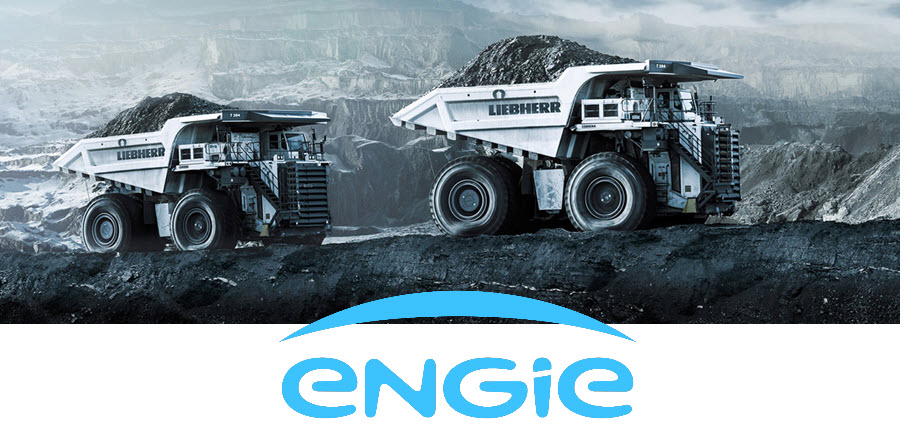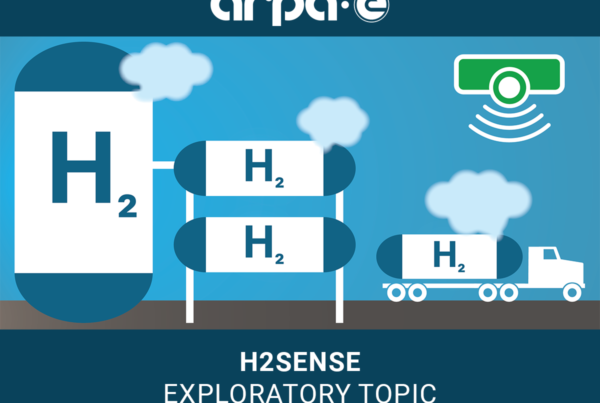
- Can green hydrogen help to significantly reduce the mining industry’s carbon footprint?
Yes, because it can be used as a fuel for heavy-duty vehicles, an energy source for generating “hydrogen electricity” to power production processes, and a raw material for making explosives. It has caught the interest of the mining industry for all these reasons, and ENGIE is strategically placed to advise and support industry players. Here we explain all, with a focus on some ongoing projects.
Metals play a vital role in the energy transition. They are used in wind turbine blades, solar panels, and electric car batteries, not to mention mass-market electronic goods. The boom in renewable energy sources and battery-powered devices is boosting global metal consumption. For the mining industry, this means rising demand. Which is why the sector wants to shift to sustainable and carbon-free processes, to support the energy transition in a legitimate way.
Mobility driving the hydrogen rollout
Today, the mining industry aims to use green hydrogen as a carbon-free fuel for its heavy-duty vehicles, such as mining haul trucks and trains. Which isn’t surprising when you consider that a single truck consumes 3,000 litres of diesel a day, and that there are almost 50,000 of them operating worldwide.
But the appeal of green hydrogen for mining companies goes beyond the promise of carbon-free mobility. In fact, Koen Langie, Senior Hydrogen Developer and Head of Mining Program at ENGIE, believes “it will boost productivity in the sector because hydrogen fuel cell technology is more reliable than that of combustion engines for intensive, 24/7 use.”
An energy source and a raw material: multi-use hydrogen
Hydrogen’s impact is potentially much greater. Stored locally and used as and when it is needed, this gas opens up the realm of possibility: electricity made from it can be used to power mineral-based production processes, generate high-quality heat, etc. And, as a raw material, green hydrogen can help to make “decarbonised” explosives, which can then be used in mining operations.
So, hydrogen can help to improve mining sites’ energy autonomy. Producing hydrogen on or close to mines is therefore a key determining factor for an industry that often operates in remote places, in countries with good access to renewable energy, such as solar power in Chile, China, Mexico, Australia, South Africa, etc.
The pilot project phase
The big mining companies and other players in the value chain are currently running pilot projects all over the world. Our Group acts as a catalyst by driving these new solutions on to the market.
Practically speaking, this means designing the right hydrogen fuel cells and hydrogen tanks for heavy-duty vehicles. Another important factor is the introduction of efficient green hydrogen supply networks, to make production costs competitive in comparison with fossil fuels.
Koen Langie expects a hydrogen-powered mining haul truck to be rolled out sometime this decade: “The main challenge lies in getting the technology integrated in the vehicle, ensuring manufacturers adapt their platforms to take on this new type of engine and, ultimately, deliver mining haul trucks with built-in hydrogen fuel cells. I would say we will be able to start offering this solution to mining companies between 2025 and 2030.”
Source: Engie
Read the most up to date Fuel Cell and Hydrogen Industry news at FuelCellsWorks




